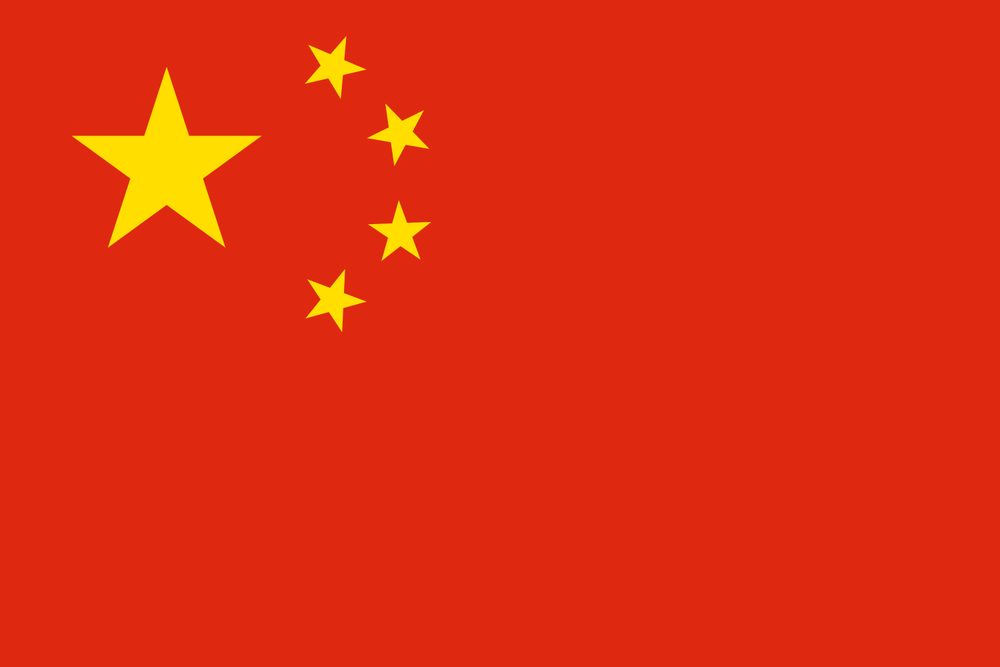Human Trafficking in China

Human trafficking is an international problem that must be handled domestically. This becomes particularly difficult in a country known for its disregard of human rights and civil liberties. In the U.S. State Department’s most recent Trafficking in Persons Report, China was controversially downgraded from the Tier 2 Watch List to Tier 3, the lowest possible score in the report. China was demoted to Tier 3 after nine years of failing to put into place practices to stop human trafficking.
Forced Labor
Although China officially prohibits forced labor, it is a rampant and widespread practice throughout much of the country, and what makes it worse is that in China, only women and children can be legally recognized as trafficking victims. Domestically an estimated 2.9 million people are trapped in forced labor in China. Internationally, Chinese citizens are trafficked into Thailand, Malaysia, Europe and the United States. Victims are trafficked from Vietnam, Burma, Myanmar and rural parts of China to work in brick kilns and factories. While the Chinese government is aware of human trafficking in the country, it also perpetuates it with at least 320 state-run institutions— “re-education through labor” camps.
Sex Trafficking
China is home to a thriving sex trade. Much of it comes from trafficking and selling young women and girls for marriage. Decades of the one child policy and the Chinese preference for male children resulted in a disproportionally high number of men in China. The lack of Chinese women has led to two different consequences. The first is the rise in forced marriages. Chinese men pay thousands of dollars to third parties to procure foreign brides resulting in the kidnapping of women from Myanmar who are then forced into marriages with Chinese men. The second consequence of the huge gender gap is the rise of brothels—there are an estimated 4 to 6 million sex workers in China. Women from the Philippines, Mongolia and North Korea, come to China in search for jobs but find themselves coerced into prostitution upon arrival.
Trafficking in Children
The trafficking of children for overseas adoptions is a huge problem in China. While the data is scarce, an estimated 200,000 children a year are sold to couples overseas either through adoption scams or the black market. Just a few months ago, the Chinese government busted four different human trafficking rings and saved 382 babies. The puzzling conclusion to this heroic story is that the babies were placed in orphanages around China instead of being reunited with their families. The Chinese government is concerned about the rampant unofficial adoption agencies in the country and is taking measures to clamp down on baby trafficking through harsh prison sentences for trafficking. Yet forced labor and sex trafficking remain a huge problem.
